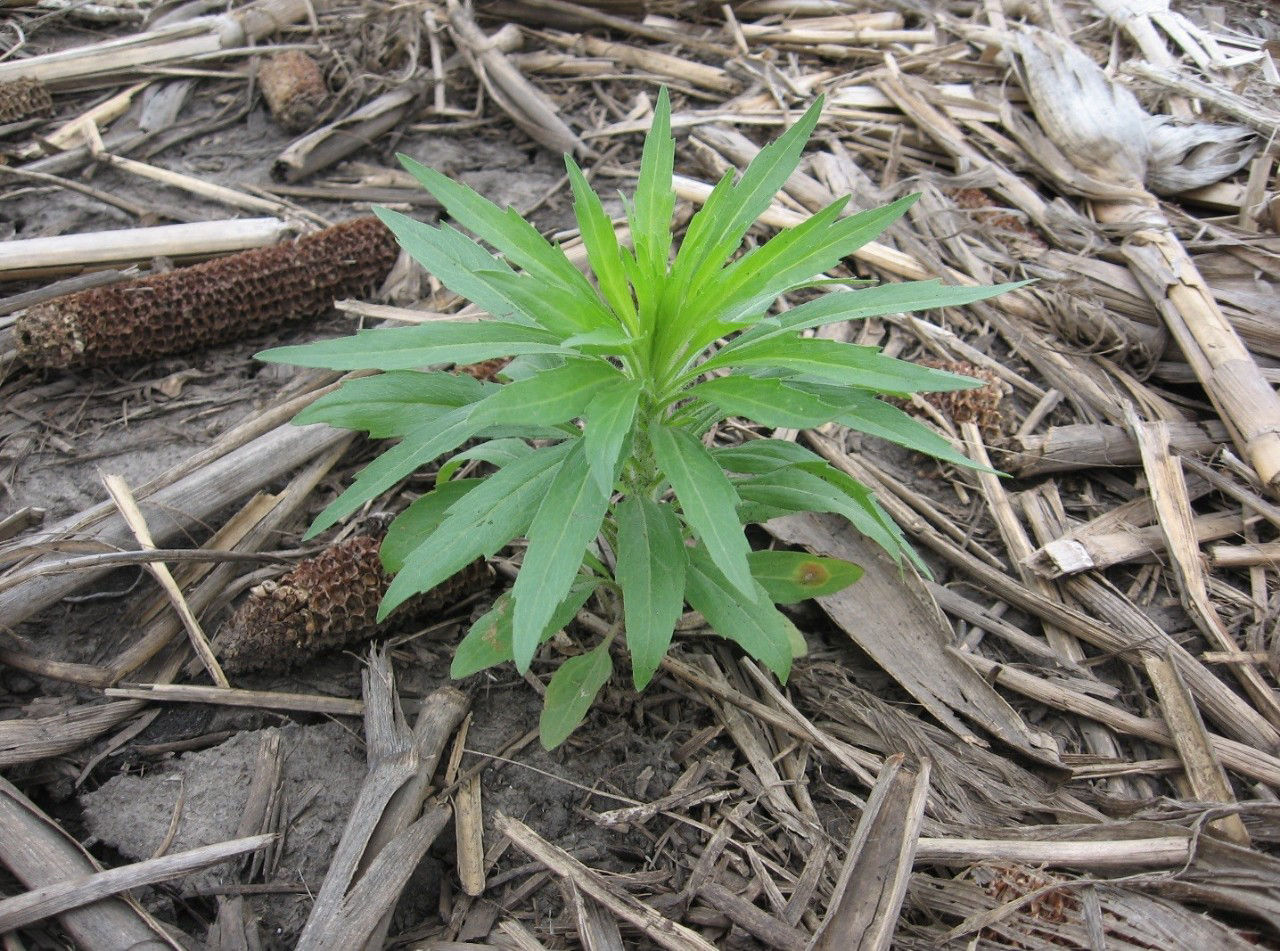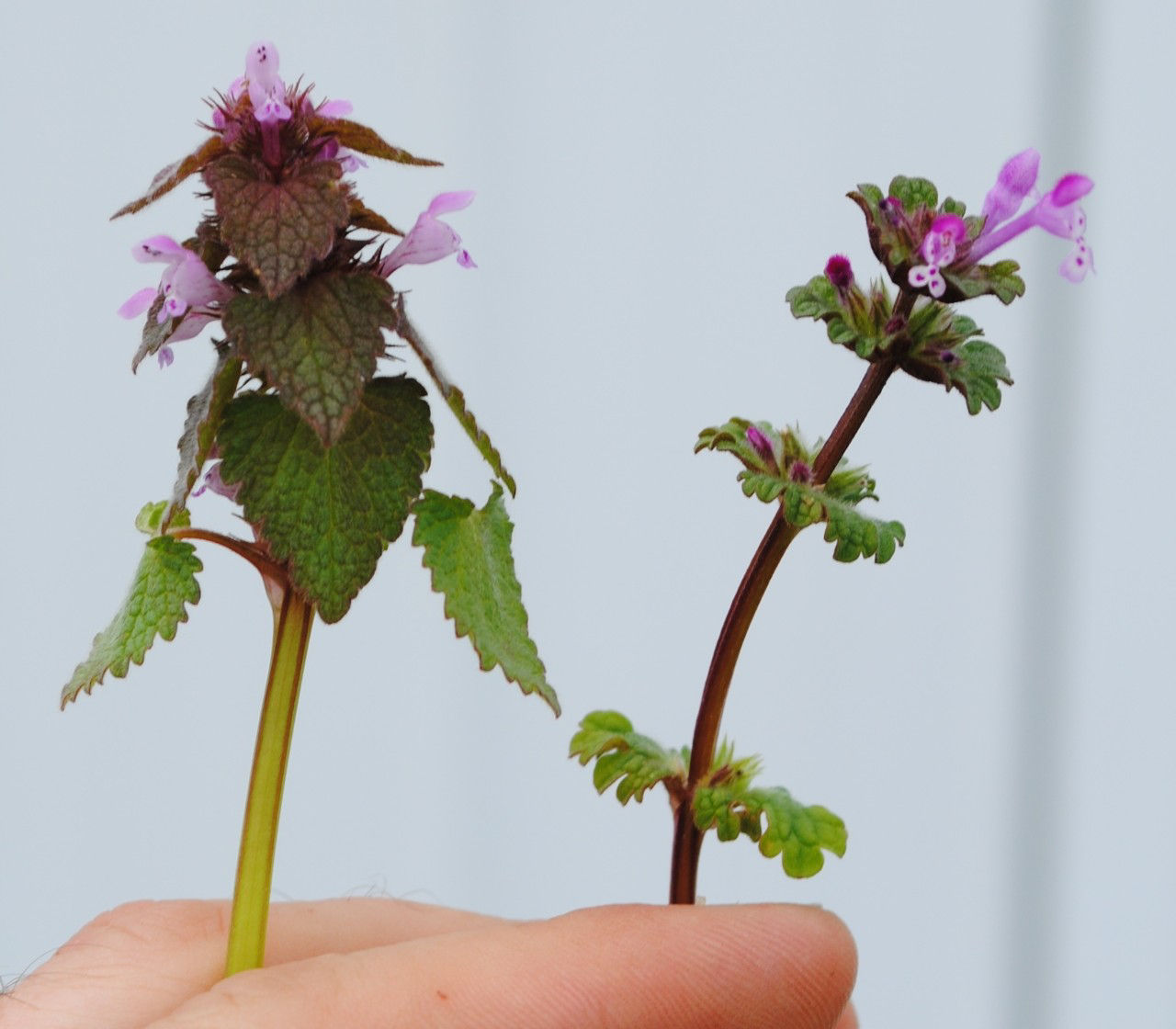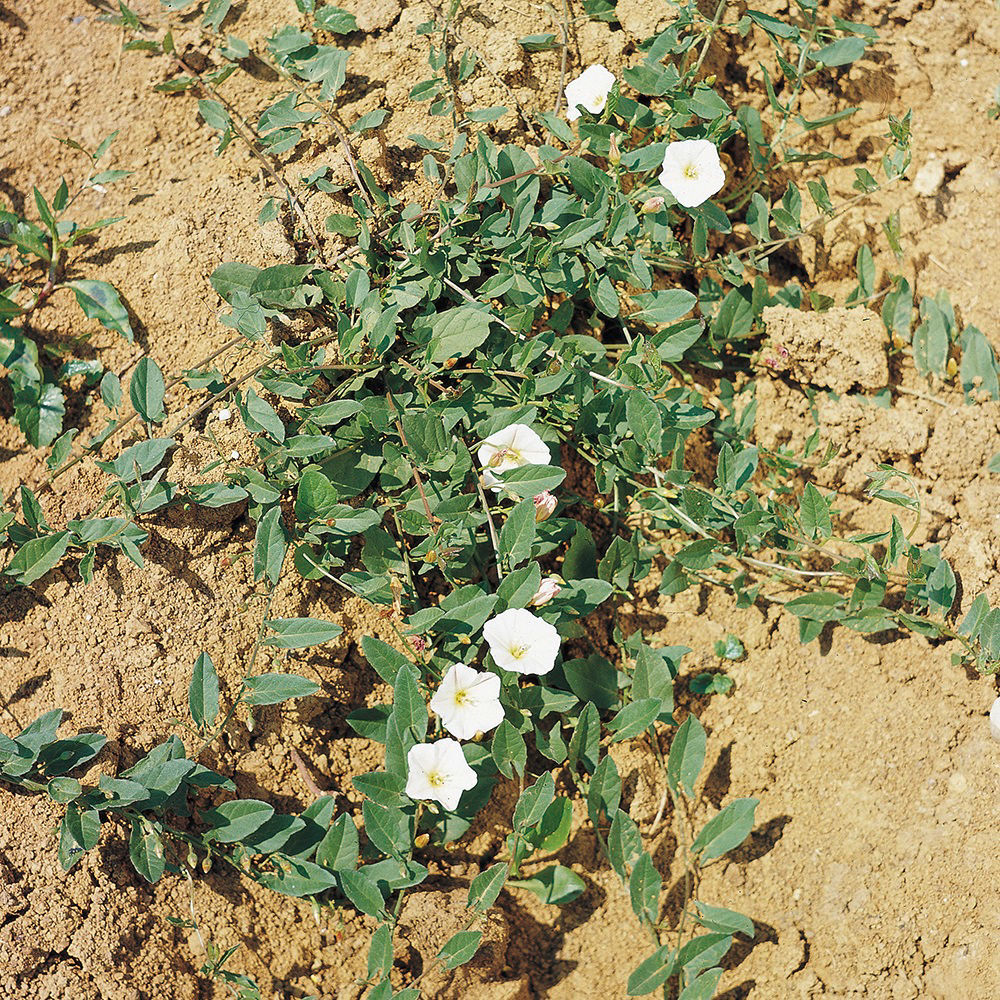5 MIN READ
Burndown Applications and Soybean Planting
March 11, 2025
A spring-time weed burndown is an integral step toward maximizing weed control and soybean yield potential. Soybean yield potential can be reduced when weeds compete with soybean plants for nutrients, water, and light.1 During early soybean growth, soybean plants and weeds can survive together without much, if any, reduction in yield potential; however, weed competition can quickly increase and become detrimental.
Weed control should not be a one-time event. Weed control activity can begin in the fall after harvest to control emerging winter annuals, in the spring as a preplant burndown or tillage operation, at planting, and during the growing season.
Successful spring burndown herbicide applications can provide control of winter annual, summer annual, and perennial weeds and are important in reduced-till and no-till systems (Figure 1). The benefits of weed removal prior to planting include:
A clean seedbed for earlier planting.
Removal of undesired growth that can inhibit uniform seed placement.
Controlling established weeds as these weeds can become the most competitive with young soybean plants.
Contributing to the management of difficult-to-control weeds.
Removal of weeds that are hosts for diseases and insects.
Providing an opportunity to use alternate mode-of-action herbicides for weed resistance management.
Spring burndown applications should be timely regarding weed growth and applied as soon as possible to help optimize weed control. Understandably, wet field conditions can cause delays in burndown applications. However, diligence is important as weeds greater than 4 inches in height can become increasingly difficult to control and as weed heights increase, herbicide rates may need to increase, which can increase overall weed control costs. Additionally, densely populated weeds with overlapping foliage may prevent herbicide penetration into the canopy for adequate control. Regardless of application timing, tank mixtures and residual herbicides should be used to provide different mode-of-action weed control to help reduce the potential for weed resistance development. Herbicide labels MUST be reviewed to determine if state or geographical restrictions apply, planting interval restrictions exist, and/or if there is any potential for crop injury. Please read and follow all label requirements and restrictions.



Timing of Weed Management for Soybean Production
Weed management in soybean production should not be a one-and-done event. Weed management activity can begin in the fall, after harvest, to help manage growing perennial weeds and emerging winter annuals. In the spring, weed management can be done as a preplant burndown to replace a tillage operation. Weed management should also take place at planting and during the growing season. Spring burndown applications should be timely regarding weed growth and applied as soon as possible when air temperatures are high enough to help optimize weed management. Herbicide burndown timing and programs can change if the soybean products that are to be planted have herbicide tolerant traits. These herbicide tolerant soybean products can reduce the time required between burndown and planting after an approved herbicide application, potentially increasing the application rates and the types of herbicide products that can be applied. Always follow the herbicide label instructions.
Understandably, wet field conditions can cause delays in burndown applications. However, diligence is important as weeds greater than four inches in height can become increasingly difficult to manage. As weed heights increase, herbicide rates may need to increase according to label directions, which can increase overall weed management costs. Additionally, densely populated weeds with overlapping foliage may prevent herbicide penetration into the canopy, reducing the application’s effectiveness.
Regardless of application timing and tank mixtures, a residual herbicide should be used to provide different mode-of-action weed management to help reduce the potential for weed resistance development. Herbicides with residual activity are essential for soybean weed management systems. Incorporating residual herbicides in a burndown application can help manage early emerging, competitive, and tough-to-control weeds so post-emergence herbicide applications can be made when weeds are small and weed populations are less dense.
University research has demonstrated that weeds emerging in a no-till soybean field can cause losses of up to seven bushels per acre if they not controlled at the unifoliate growth stage (VC), compared to weeds controlled prior to or at planting. Waiting to manage weeds at the at the V1 growth stage can cause an approximate 0.5 bushels per acre per day yield loss for each day weeds continue to compete with soybean plants.2 Herbicide labels MUST be reviewed to determine if state or geographical restrictions apply, planting interval restrictions exist, and/or if there is any potential for crop injury. Applicators must read and follow all label requirements and restrictions.
There are many herbicide options available for growers to choose from. When deciding which herbicide or combination of herbicides to use, application decisions should be driven by scouting done both before and after applications. Specifically, scouting is important for providing information on which weeds are present, including if any glyphosate (HG-9), ALS-inhibitor (HG-2), or PPO (HG-14) resistant weed species are present. Some populations of marestail and other weed species have been identified as resistant to these herbicides. Scouting weed sizes before applications also allows growers to determine proper application timings and rates, while scouting after a herbicide is applied allows growers to observe the effectiveness of the application.
Bayer Burndown Herbicide Options
Many Bayer herbicide products are available for use in burndown applications. Depending on the location, Roundup WeatherMAX® herbicide, Roundup PowerMAX® 3 herbicide along with dicamba or 2,4-D ester, RT 3® along with dicamba or 2,4-D ester, and residual herbicides such as Warrant® Herbicide may be available. If Amaranthus species such as pigweeds, Palmer amaranth, waterhemp, common lambsquarters, giant ragweed, or PPO-resistant species are present, the addition of Mauler® herbicide (a metribuzin herbicide) to the tank mix is recommended.3 Only products labelled for burndown applications in soybean may be applied, and only according to their labels.
Environmental conditions can affect the rate of weed growth, crop development, crop tolerance to herbicides, and herbicide performance. The efficacy of a burndown herbicide application can be reduced by cold temperatures; therefore, it is recommended to wait to apply herbicides until nighttime temperatures are above 40 °F and daytime temperatures are above 55 °F.3 Additional information for fall burndown applications can be found at https://www.roundupreadyxtend.com/stewardship/educational-resources/Pages/fall-burndown-your-options-for-soybeans.aspx.
Sources:
1Hartzler, B. Managing weeds to protect crop yields. Iowa State University Extension and Outreach, Integrated Crop Management Encyclopedia Article. https://crops.extension.iastate.edu/encyclopedia/managing-weeds-protect-crop-yields
2Burns, E. and Sprague, C. 2021. Protecting crop yields starts with early season weed control. Michigan State University Extension, Field Crops. https://www.canr.msu.edu/news/protecting-crop-yields-starts-with-early-season-weed-control
3Jha, P. 2023. Considerations for burndown herbicide applications this spring. Iowa State University Extension and Outreach. https://crops.extension.iastate.edu/blog/prashant-jha/considerations-burndown-herbicide-applications-spring
Web sources verified 2/12/25. 1323_102077